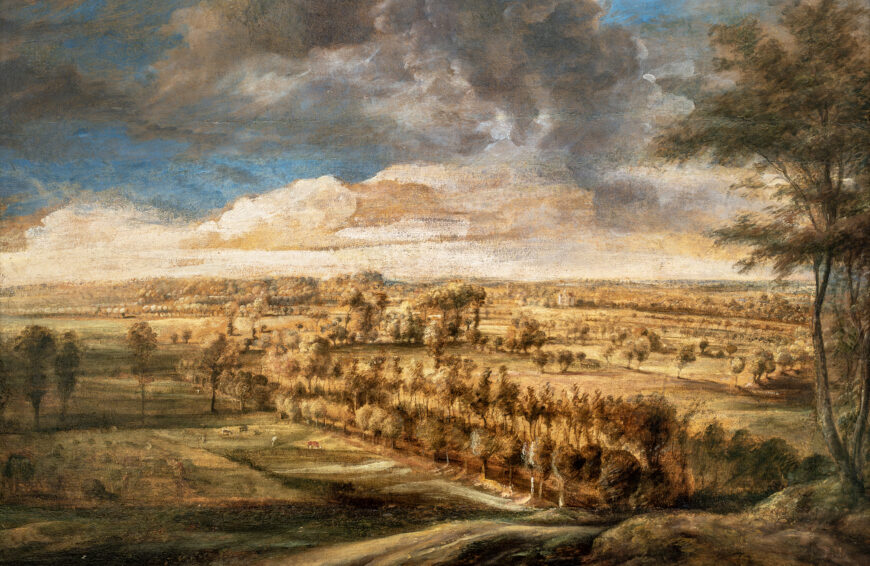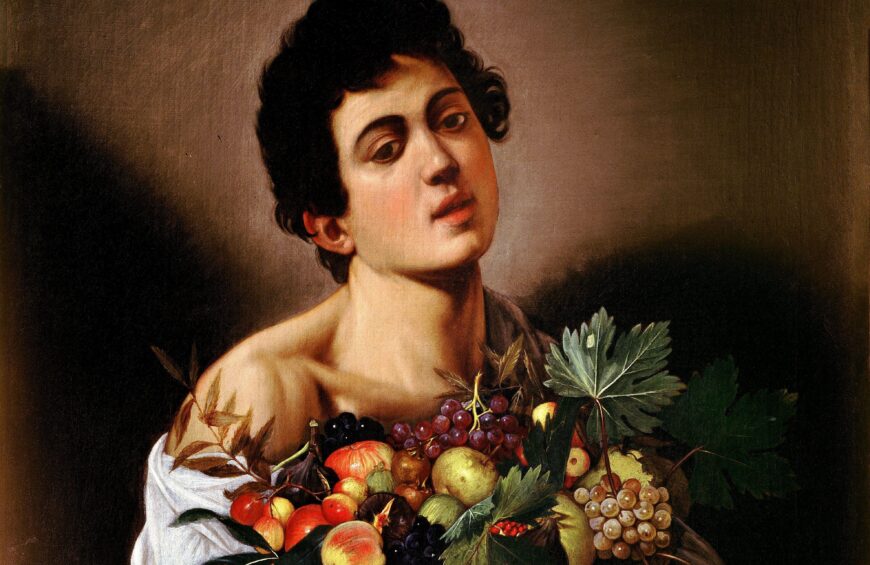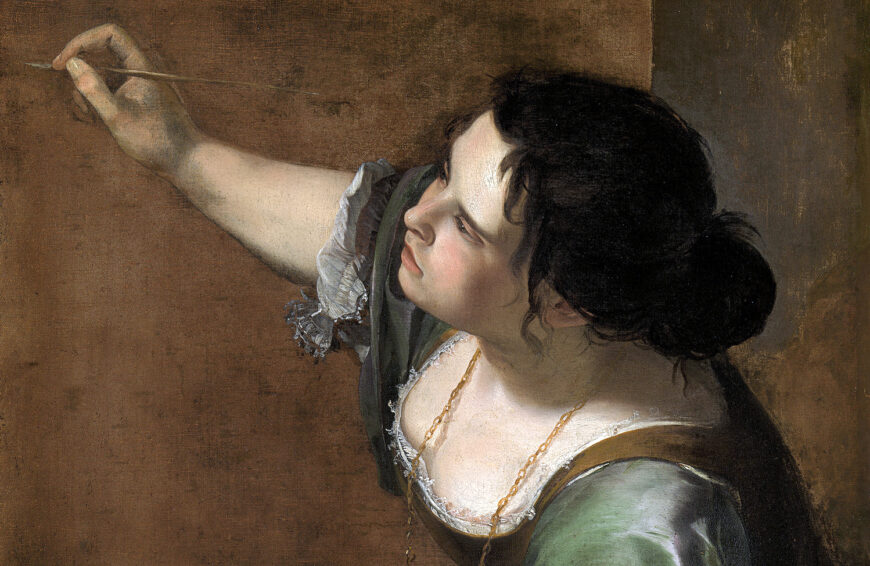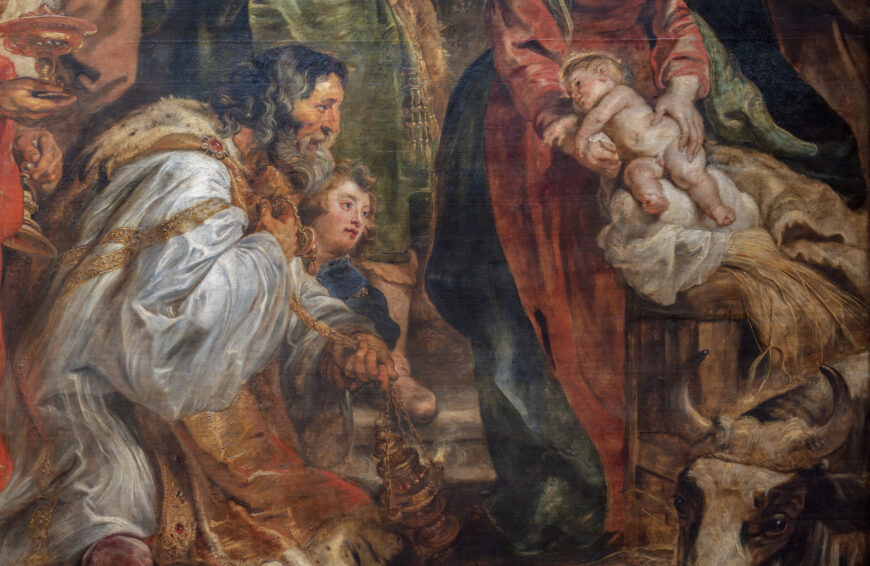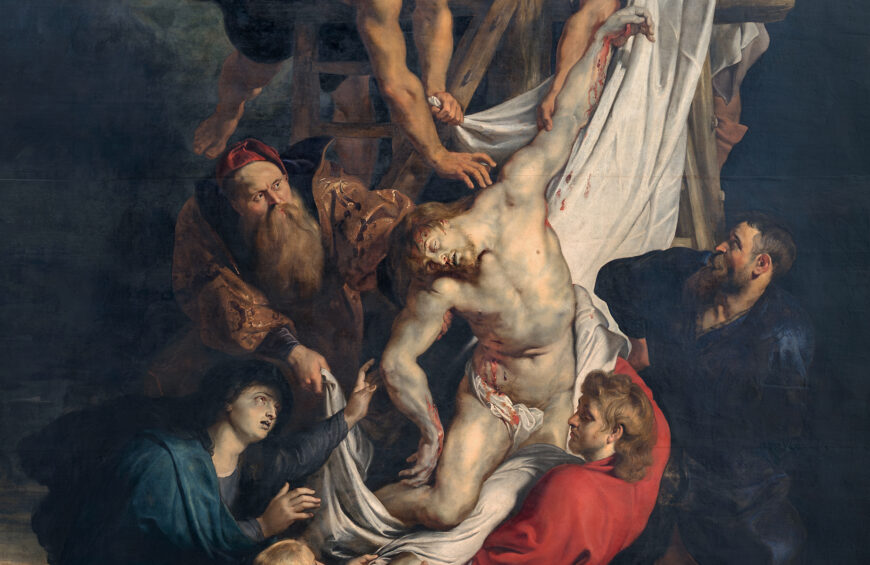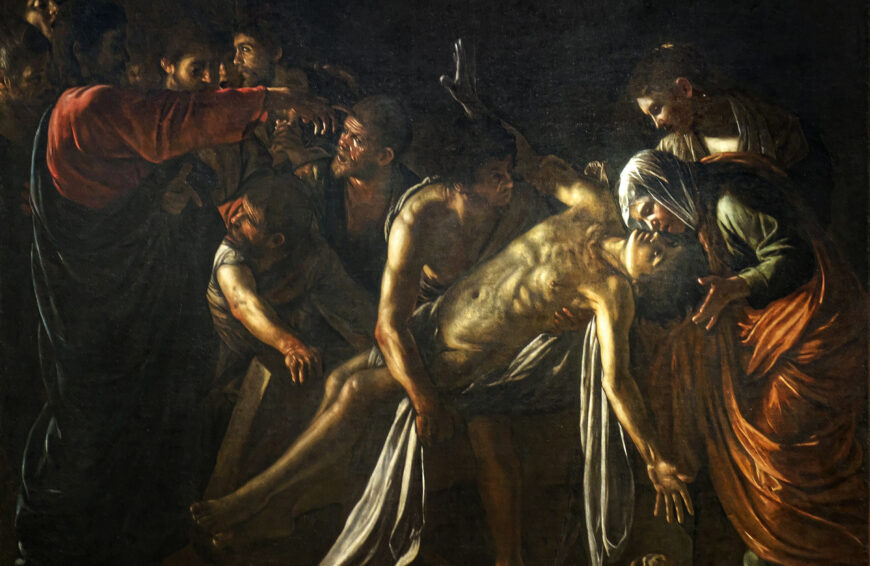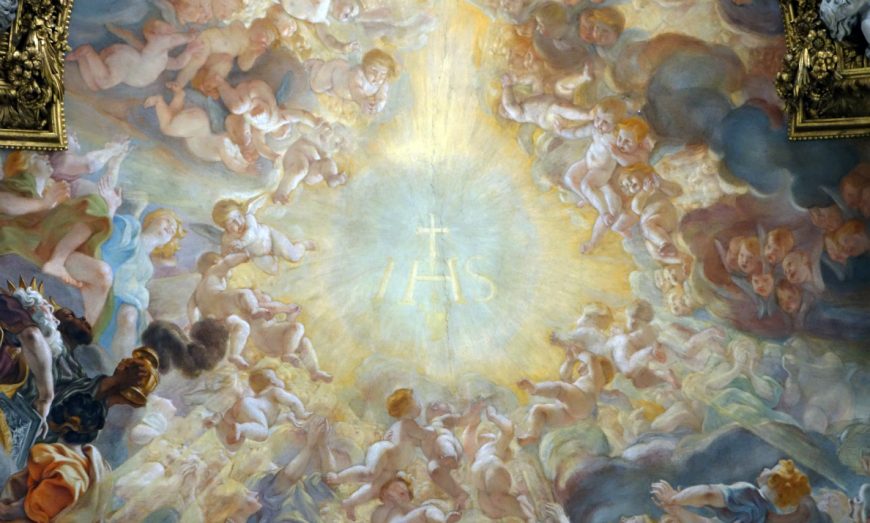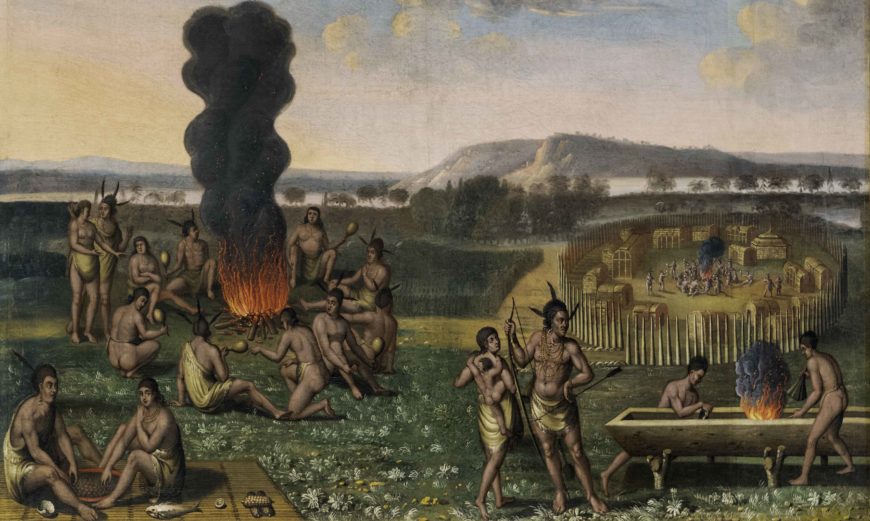Willem Claesz. Heda, Still Life with Glasses and Tobacco, 1633, oil on panel, 50.8 x 75.6 cm (Center for Netherlandish Art, Museum of Fine Arts, Boston)
Symbolism and meaning in Dutch still life painting
[0:00] [music]
Dr. Steven Zucker: [0:06] We’re in the galleries of the Museum of Fine Arts, Boston, in a room that’s devoted to Dutch art, looking at one of the genres of painting that we strongly associate with Dutch painters in the 17th century. This is a still life by an artist named Heda.
Dr. Christopher Atkins: [0:24] What we see is a tabletop with a variety of edibles and goods. These are the types of things that would have been in a 17th century Dutch home.
Dr. Zucker: [0:32] Let’s talk about symbolism.
Dr. Atkins: [0:34] There has been a tendency to read individual objects and look for what that particular object might mean. For example, if we look at the pipe that’s broken, or the rope that is lit in order to light a pipe, we might be inclined to read them as some sort of emblem of transience, of the passing of time, but I’m not sure that that’s right in this picture.
Dr. Zucker: [0:56] There’s a good reason that we might look to symbolism to try to explain a painting. There’s an entire type of still life in Holland that is known as the vanitas, and that is very specifically about the transience of life and the fact that no one can escape death.
[1:11] There are many types of still lifes, and not all of them put symbolism front and center. If this is not about larger moral meanings, then what is it about?
Dr. Atkins: [1:21] We can look at the accumulation of objects and place it within the context in which it was made, in a hyper-capitalist and consumer society, which the 17th century Dutch Republic was. There’s also the context of the artist showing off how he could render all of these different surfaces and textures.
Dr. Zucker: [1:38] We see examples of the wealth of 17th century Dutch society. We see what is probably a solid silver tazza — that is, the toppled silver tray — or that beautiful delicate Venetian glass.
Dr. Atkins: [1:53] Those were expensive luxury items. Those were not the types of things that were accessible to every person.
Dr. Zucker: [1:59] Looking at the objects that were chosen for this still life can give us more access to Dutch life in the 17th century.
[2:06] Some of these objects, like that glass, is from Venice. Some of these materials, such as the tobacco, undoubtedly came from Virginia. These were imports, and they spoke to the mercantile international culture of Holland at this time.
Dr. Atkins: [2:19] The metal, the silver of the tazza, probably came from a mine most likely in South America or possibly in Germany, and we want to imagine whose table is this.
Dr. Zucker: [2:29] By extension, who was this painting made for? It was probably made for the inventory of the artist, who would then hope to sell it. The object itself, this painting, was very much a mercantile object, just like the things that are represented within it.
Dr. Atkins: [2:43] For Heda, working within that economic context, he invested this picture, like his others, with tremendous technical skill to show off and create a distinctive approach to still life painting that said that he, Heda, was a master of the genre.
Dr. Zucker: [2:58] Look at the subtlety of color. It is mindblowing how close the tonalities are and yet how distinct each color is, and the way in which that silver tazza has been hammered and crafted. I can almost sense what it would feel [like] to hold that object.
Dr. Atkins: [3:13] The way Heda positioned the tazza also created an artistic challenge for him. To be able to create a foreshortened object, to create the illusion of it receding into space, was extremely difficult. At the same time, he accomplishes it with absolute mastery. If we look at the left-hand edge, we can see a single line of highlight that is just gorgeously executed.
Dr. Zucker: [3:34] Then look at the right corner. You have the overlapping, almost the weaving in and out of that waxed rope whose end is a burning ember, but it’s weaving in and out of those clay pipes, creating almost a grid scene in perspective. This painting is a triumph, but it’s a triumph not only of the artist’s skill but also of the sophistication of the market for whom he was painting.
Dr. Atkins: [3:57] On the part of the viewer, they were sophisticated. They could tell quality, they could use their eye of evaluating goods and apply that to pictures.
Dr. Zucker: [4:07] There are some extraordinary passages here. I think one of my favorite is the way in which the contour of the lemon is echoed by the plate that surrounds it.
Dr. Atkins: [4:16] It’s about how the different objects interrelate; how, for example, the brown of the nuts moves our eye as we pick it up with the tobacco, to the rope, and finally to the beer in the background. He’s carefully distributing the color to have our eye move around and encompass all of those wonderful things that he’s put before us.
Dr. Zucker: [4:34] This is a celebration of the wealth, of the economic power of the Netherlands in the 17th century.
[4:41] [music]
| Title | Still Life with Glasses and Tobacco |
| Artist(s) | Willem Claesz. Heda |
| Dates | 1633 |
| Places | Europe / Northern Europe / The Netherlands |
| Period, Culture, Style | Baroque / Dutch Baroque |
| Artwork Type | Painting / Still life |
| Material | Oil paint, Panel |
| Technique |
Loading Flickr images...


